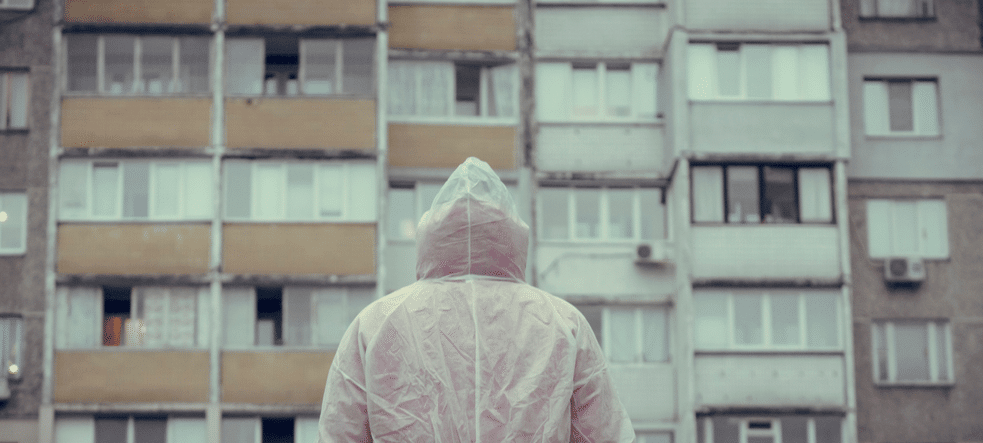Since the beginning of the COVID-19 pandemic, strict nationwide lockdown has been enforced. This has resulted in many buildings being vacant or empty or partially empty for several months. When building systems go unchecked for such a long duration of time, it develops an environment that is very harmful for the occupants. Some building systems, when malfunctioning, may cause mild inconvenience. However, systems that have zero error margin can have severe consequences during a malfunction. If the building systems has received regular inspections, there should be no issues.
MEP engineering experts highly recommend that building owners must ensure the following 3 systems are working as expected before reopening buildings:
Fire Protection Systems
Water Storage Systems
Ventilation Systems
Building performance issues are often a result of having the above-mentioned systems go unchecked. Some other minor issues can lead to unplanned expenses and may cause disruption as well. Buildings owners must ensure that these hazards are eliminated before reopening buildings.
Are the Building Fire Protection Systems Working Properly?
Fast response is the key in all fire protection systems. A fire alarm that activates late by a few seconds can have dangerous impacts on the occupants, and if the sprinkler system does not respond quickly, it may allow the flames to spread beyond control. The accumulated smoke can also have detrimental effects on the occupants as it can cause suffocating.
Fire protection systems is comprised of many mechanical and electrical components which required to be kept in optimal conditions for ensuring reliable operation and a fast response time. If a building stays closed for months with little to no maintenance, there is a high chance that the fire protection and sprinkler systems may have deteriorated. Waiting for a fire to check if the systems are working as expected is unacceptable. Thus, it is imperative for building owners to check the fire protection systems before reopening the building. This can be easily done by consulting a professional MEP engineering firm for optimal results in a much faster time span.
Are the Water Systems Free of Legionella?
The Legionella bacteria causes Legionnaires’ disease, which is a type of pneumonia. Legionnaires’ disease is normally caused by inhaling tiny particulate droplets containing the bacteria. The fatality rate of Legionnaires’ disease is around 10%, and if compared, this is much higher than the fatality rate of COVID-19.
The legionella bacteria grow in stagnant warm water bodies. This means, any building water systems can get infected with the legionella bacteria, including cooling towers and hydronic piping, if they don’t receive proper maintenance. Legionella bacteria thrives in water bodies with temperature between 68 degree F to 122 degree F. The best recommendation is to keep the water in circulation and heating it to a minimum temperature of 140 degree F. Ultraviolet Germicidal Irradiation (UVGI) can also help in eliminating legionella.
In early August 2020, the Centers for Disease Control and Prevention (CDC) closed down several work spaces in Atlanta after detecting Legionella. There were no reports of any employees being exposed due to quick preventive actions. This raised the safety concerns of building water bodies, so building owners are advised to eliminate the presence of legionella bacteria, if any, before reopening buildings.
Are the Ventilation systems working in Optimal Conditions?
A malfunction in ventilation systems leads to negative effects on the indoor air quality, and also causes discomfort. Taking into consideration the COVID-19 and its aftermath, proper ventilation has gained more importance than ever in buildings. Improper ventilation can lead to higher concentration of tiny viral particles in the air, increasing the risk of infection. Recently, WHO has recognized this as an imminent threat increasing the possibility of airborne transmission of Coronavirus in indoor spaces.
ASHRAE recommends increasing the outdoor airflow as much as possible, up to 100% while eliminating recirculation of indoor air. Building owners are also recommended to upgrade the air filters with a Minimum Efficiency Reporting Value (MERV) rating of at least 13. This means, the ventilation systems which were suitable before the coronavirus outbreak may not be up to the mark under the new recommendations.
Ultraviolet Germicidal Irradiation (UGVI) can also be used since it can inactivate viruses by destroying their DNA. A professional assessment of the building HVAC system is strongly advised to understand the need of system upgrades before reopening a building.

